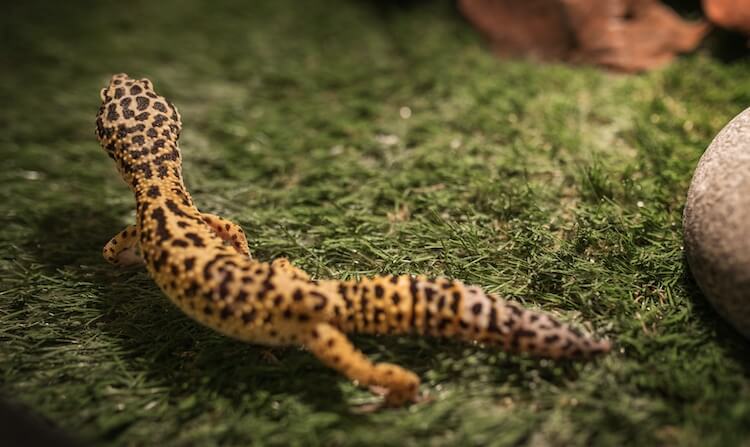According to the experts, around 4.5 million people keep reptiles or pet lizards at their homes. Lizards generally come with more than 4000 species, and some of them also make a great pet at the beginner level. Bearded Dragons and Leopard Geckos are known as some of the best beginner lizards. It is important to maintain the correct routine feeding schedule to keep them happy and healthy. But at times, the level of care required is taken for granted, and hence we end up making few mistakes. Here we are going to talk about a few of the mistakes that you should take care of.
Wrong Diet
Most of the reptiles face health issues due to poor diet. Lizards need a variety of foods to get balanced nutrients. Most of the lizards require both animals and plants that includes vegetables, small insects, small rodents, and fruits. You can get this food supply at Pet Market.
Using the loose substrate
Most of the lizards face gastrointestinal impaction when they eat their substrate. Generally, their substrate tends to get caught into their gastrointestinal and can lead to several health issues such as starvation or blockage. Here the lizard would need to go through surgery to remove the impaction. But this can be easily prevented by using the correct substrate. Make sure to use the sand, Alfalfa pellets, ground walnut shells, or wood shavings as the substrate. It is important to use a substrate that can not be easily ingested.
Improper cleaning routine
One of the most common mistakes that most lizards or reptile pet owners make is that they don’t follow the proper cleaning routine. But over-cleaning can also prohibit the lizards from building up their strong immune system. It is recommended to perform the cleaning activity in the tank after every two to four weeks depending upon the type of lizards. Make sure to use the cleaning checklist along with the proper schedule. However, spot cleaning should be done regularly. Make sure to remove any kind of dirty substrate or faeces from the habitat and add new substrate whenever possible. Apart from this, also make sure to clean all the water dishes with freshwater used for soaking or drinking purposes.
Incorrect heating placement
Lizards are known as Ectotherms as they are cold-blooded. These types of animals rely heavily on the environment to regulate their internal temperature. Most of the owners end up making mistakes while making the heating arrangements, such as putting a bulb within reach of the lizard, setting up the heating bulb, Reading the temperature incorrectly, using the gauge thermometer instead of the digital one, or not using the digital thermometers. Apart from this, if you are using the heat mat, then make sure to use the one with a thermostat.
Not understanding the UVB rays
Most of the nocturnal lizards do not need UVB rays and can survive without them. But some of them need the specific UVB lighting to produce vitamin D. A deficiency of vitamin D can lead to metabolic bone disease. Generally, the UVB coils are less costly than the bulbs and do not provide UVB output. It can also result in metabolic bone disease. Larger UVB bulbs tend to work better for the lizards since it gives more UVB rays than the regular coil.
Not Handling properly
Lizards are known to tolerate handling. Some of the species like Leopard Geckos are known to enjoy human interaction as well as handling. But lizards like Anole can live without being handled by a human at all. Most beginners tend to handle their lizards too often, and it can cause stress and loss of tail in some extreme cases. It is advised to handle the lizards in open palms while the larger species need to be handled with two hands.
Wrong humidity level
Most of the lizards come from the environment where they deal with specific humidity levels. If this humidity level is not controlled, then it can cause severe health issues. Most of the lizards tend to live in high humidity, while some of the species develop bacterial infections if kept in high humidity. To avoid this, it is important to do basic research on the specific needs of reptiles and keep the humidity gauge in their tanks.

